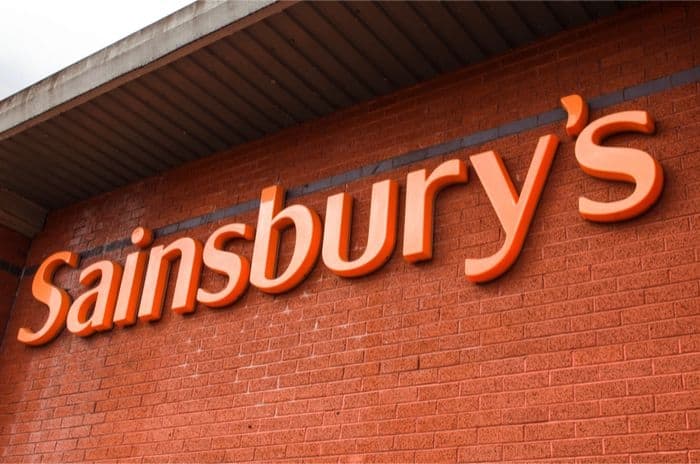Home > Money > News > Sainsbury's merger with Asda could push up prices, CMA says
Sainsbury's merger with Asda could push up prices, CMA says
Provisional report by the Competition and Markets Authority suggests that proposed merger between two supermarket giants could undermine competition.
The investigation found that customers in-store and online might find themselves faced with higher prices and a poorer shopping experience.
They also expressed concern that the merger would reduce the range and quality of the products on offer.
Fuel competition was highlighted in the report as another problematic area, with concerns that fuel prices would rise at the supermarkets' petrol stations.
The report is part of the in-depth investigation undertaken by the CMA in response to the proposed merger between Sainsbury's and Asda that was announced in April 2018.
In a joint statement, the supermarkets refute the points put forward by the CMA and say they will continue to press their case.

What has the CMA said?
The CMA examined the potential impact of the merger on five distinct areas: in-store groceries, online delivered groceries, general merchandise, fuel and buyer power.
For in-store groceries, they found that supermarkets would overlap in up to 80% of Sainsbury's locations and up to 90% of Asda's nationally.
They judged that this would result in a substantial lessening of competition (SLC) when considered alongside the fact that the supermarkets are currently part of a competitive "big four" with Tesco and Morrisons.
When considering online delivered groceries, the CMA found that there would be an incentive to degrade prices, quality, range and service (PQRS), with Asda customers more at risk of this.
The report's conclusion on fuel was especially damaging, raising the suggestion that 132 local areas would be at risk of increased prices at petrol stations as a result of the merger.
Clothing, electricals and toys were areas that the CMA did not believe would be subject to any SLC.
The final area of "buyer power" refers to the distortion of competition in supply of groceries which might have adverse effects on customers, but this was judged to be unlikely by the CMA.
Their complete findings used both national and local assessments to create a comprehensive analysis of the likely outcomes of the merger.
Supermarkets defend merger plans
In their response to the CMA's report, Sainsbury's and Asda issued a joint statement which said that the CMA "fundamentally misunderstood" the way people shop in the UK.
They argue that the merger would allow them to make significant cost savings which would translate into lower prices.
The supermarkets and other interested parties now have until 13th March to respond to the CMA's provisional findings, with a final report due at the end of April.
The merger in context
At the time of the investigation, Sainsbury's operated a network of 1,428 stores, comprising of 647 supermarkets and 781 convenience stores plus 314 petrol stations and an online grocery business.
They also operate the Argos and Habitat chains.
Earlier this month, Sainsbury's announced they are exiting their white label partnership with British Gas.
Meanwhile, Asda operate 676 stores, comprising of 582 supermarkets and 61 convenience stores and 33 Asda Living stores. They also have 320 petrol stations and an online grocery business.
If the merger went ahead, it would join the second and third biggest supermarket chains in the UK together, making it the larger operator in the country.
Tesco is currently the largest and accounts for 27% of grocery sales when both in-store and online sales are examined together.
Sainsbury's accounts for 15%, followed by Asda at 14% and Morrisons rounds off the "big four" with 10%.
Growth of smaller grocery retailers has increased in recent years, with Aldi leading the pack with a 7% market share and Co-op close behind on 6%.
Lidl and Waitrose have 5% each, M&S have a 4% share, Iceland have 2% and Ocado have 1% according to the CMA's figures.
In 2016, the CMA warned supermarkets they had to make their promotions fairer for shoppers, singling out Asda for particular criticism.
2017 research about the house price "boost" of living close to a supermarket found that customers living near to Sainsbury's added around £26,000 to the value of their home.
Living near to an Asda, meanwhile, only added around £4,000 to the value.
Get insider tips and the latest offers in our newsletter
Get insider tips and the latest offers in our newsletter

We are independent of all of the products and services we compare.

We order our comparison tables by price or feature and never by referral revenue.

We donate at least 5% of our profits to charity, and we have a climate positive workforce.
Latest News

26 October 2022
Cost of living showing worrying trends in affordability
24 August 2022
Home insurance premiums fall in latest ABI figures
29 June 2022
APP fraud and mobile banking fraud increased in 2021

